
Italy is a country with a millenary history that is often preserved in the oldest cities and in protected villages on the heights or in the rocky meanders of the Belpaese. Among all the regions, Emilia Romagna is the one that has best served over the centuries to form these small towns and villages.
In these places, immersed in the history and romantic atmosphere that these villages can offer, you can lose yourself among strongholds, castles, noble palaces, towers and other peculiarities that characterize the backbone of Emilia Romagna. In fact, from Rimini to Piacenza, passing through Parma and Bologna, there are dozens of villages, mostly medieval, that characterize the entire landscape of the Emilia hinterland.
Do not hesitate any longer and discover together which are the best villages to visit in Emilia Romagna.
Brisighella
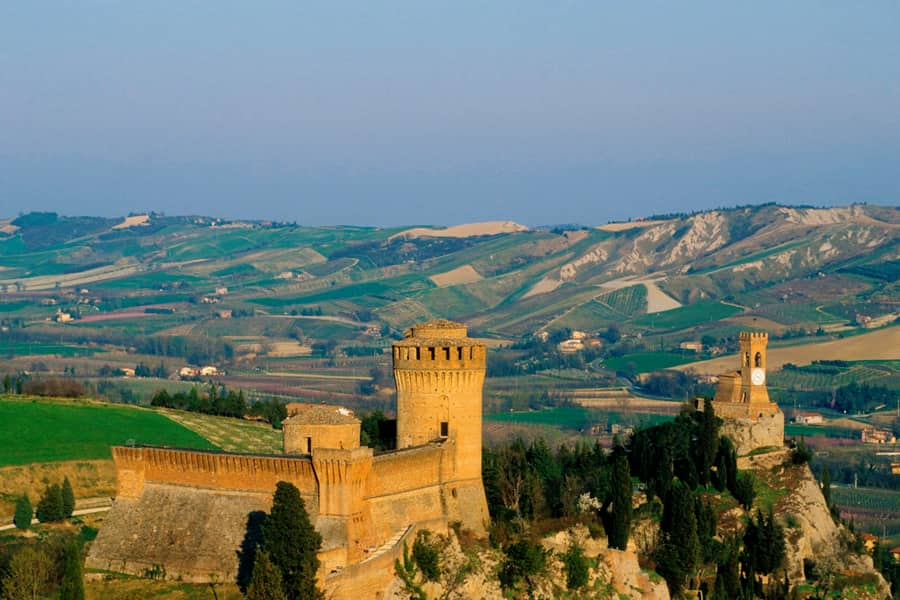
Our itinerary starts from the Adriatic coast, in the province of Ravenna, on the hills of Faenza there is one of the most visited villages of the entire Emilia Romagna region: Brisighella.
This ancient village has adapted perfectly to the orography of the place, so that its most interesting places are placed on three rocky pinnacles. Its shape means that, seen from afar, the village seems to be located on three pedestals that house the 16th century Manfredian fortress, the Monticino sanctuary and the tower known as "the clock" respectively.
The village of Brisighella is also known for the via degli asini, a covered and elevated road of the XII century, which was illuminated with a rudimentary but innovative system of half-arches of different width.
Castrocaro terme e Terra del Sole
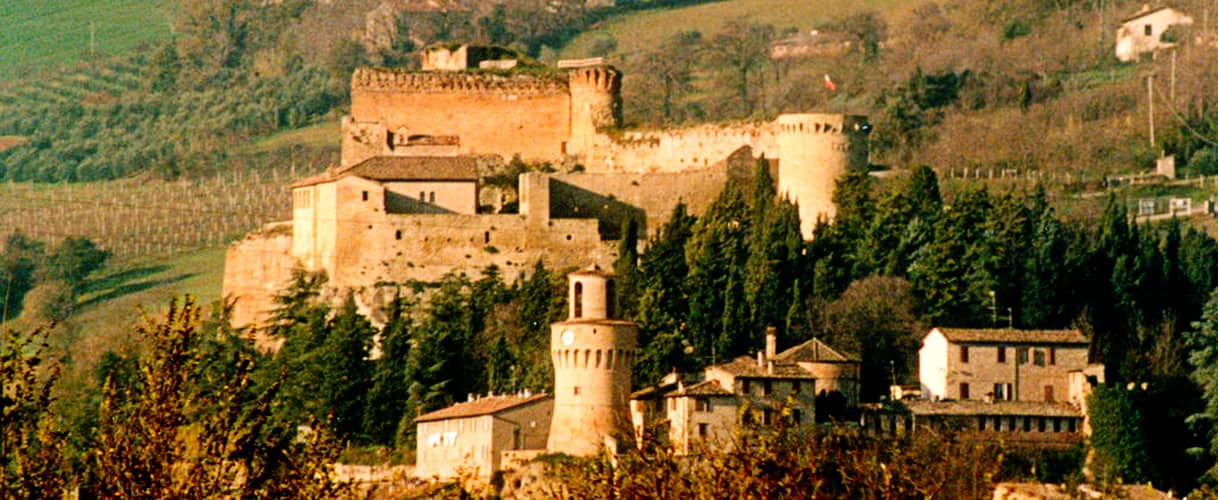
A stone's throw from the village of Brisighella, there is the very famous village of Castrocaro terme and Terre del Sole. Not far from the center of Forlì, the village of Castrocaro is among the most famous in Europe for the therapeutic properties of the water of its thermal springs and for the song festival that every year seeks to discover new talents of the Italian music scene.
The first evidence of this village, which rises among the gentle hills of the Tuscan Romagna, is around the year one thousand and owes its fame, as mentioned above, to the geological and natural conformation that gave this place some water sources that in centuries have been discovered as true cure-all for health. In fact, thanks to its geographical position, Castrocaro is right at the origin of these salsobromoiodic waters that every year attract hundreds of tourists and onlookers.
The major attractions are linked to these springs: of course the thermal baths, the Grand Hotel Terme and the wellness center.
Castelvetro di Modena
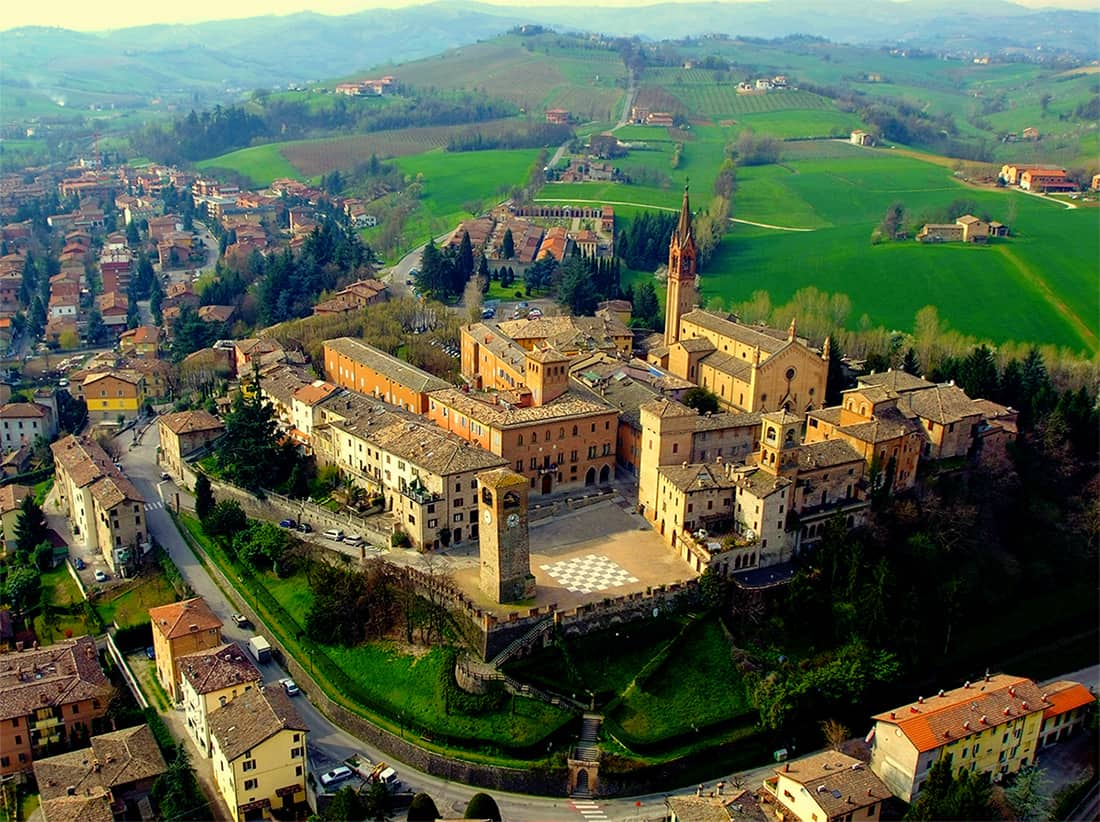
Continuing our tour we find ourselves in Castelvetro di Modena, a famous hamlet in the Emilia hinterland, dating back to 1200. The village is famous for its history, its cultural attractions and for its food and wine, which makes it one of the most visited villages of the Emilia.
Among the best attractions that Castelvetro offers I cannot fail to mention the small historic center dominated by the clock tower and the remains of the fortified castle that can still be seen in the city,around which small streets grow that run between the older buildings on a checkered pavement between the most famous in Emilia Romagna. Alongside the typical architecture, other important cultural characteristics are tradition and cuisine. The tradition is recalled by the permanent exhibition of Renaissance clothing, which is used for various historical and cultural events, as well as for official ceremonies.
But one of the peculiarities of this village, along with the entire province of Modena, is the production of black gold, balsamic vinegar. In fact in these villages, the vinegar is preserved and aged by the master tasters, becoming so valuable, so that trying it can cost as much as a good glass of wine.
Castell'Arquato
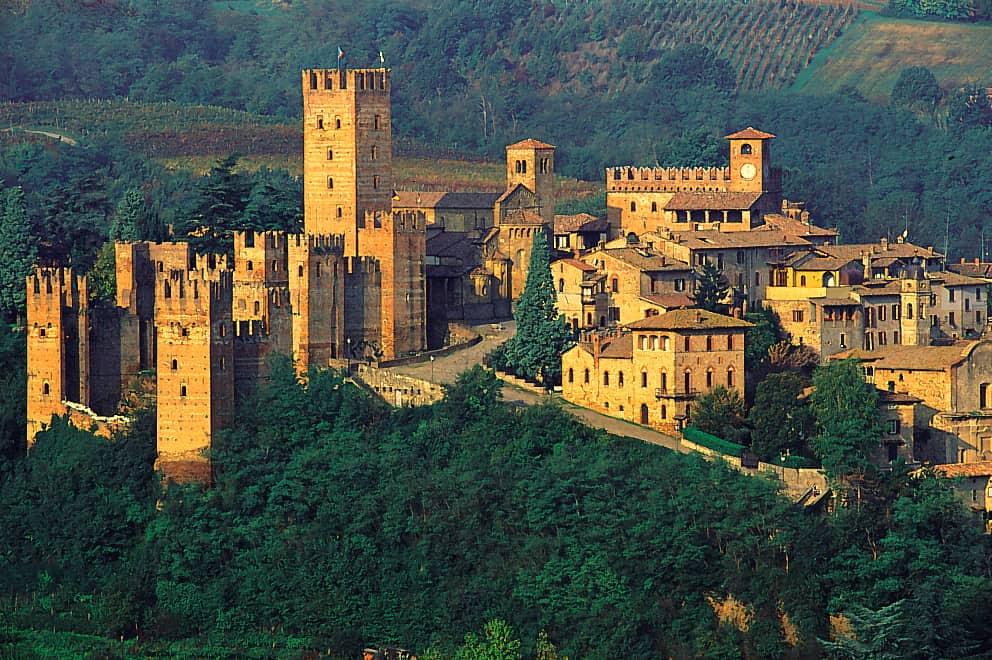
Continuing along the backbone of the Emilia region we reach the province of Piacenza with Castell'Arquato. If you think that the time machine does not exist you have never been in this village, so much so that entering Castell'Arquato it seems that time has stopped. In fact, its medieval conformation lasted until the early 1950s.
The anachronism of this village is what makes it one of the most visited in the whole region, with its noteworthy cultural attractions such as the palace of the podestà, the Rocca Viscontea, the Colleggiata and many others that still seem intact despite the centuries of age.
The symbol of this place's tradition is the production of DOC wine, including Gutturnio, Bonarda and Barbera.
Bobbio
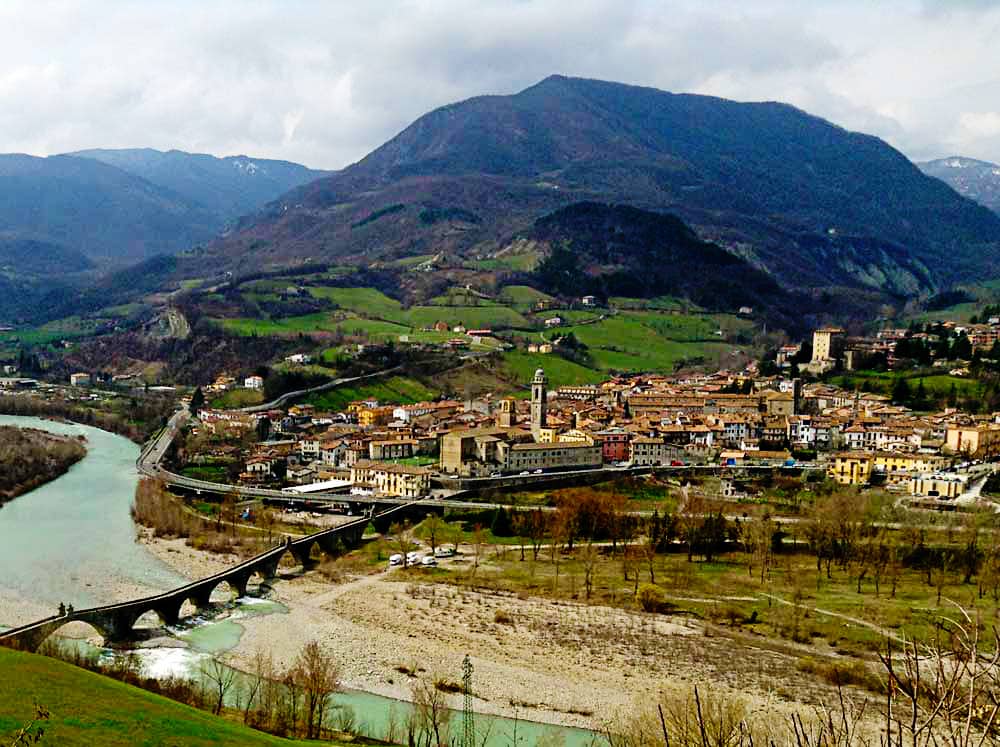
The final point of this itinerary is a crossroads between Ligurian, Lombard and Emilian cultures: Bobbio. We are in the Trebbia valley in the province of Piacenza, the center has been inhabited since prehistoric times but the first historical information we have dates back to the town's symbol, the Ponte Gobbo, a stone bridge built by the Romans, which cuts through the Trebbia river with 11 arches irregular.
Also known as the Devil's bridge, as it is said that the bridge was built by the devil himself to frighten the monks and prevent them from crossing the river towards the historic center. Historical center that still today keeps intact its medieval features. Among the narrow streets of the medieval center of Bobbio you can't help but visit the Malaspina Castle and the Cathedral of Bobbio.
About the author
Written on 30/09/2019

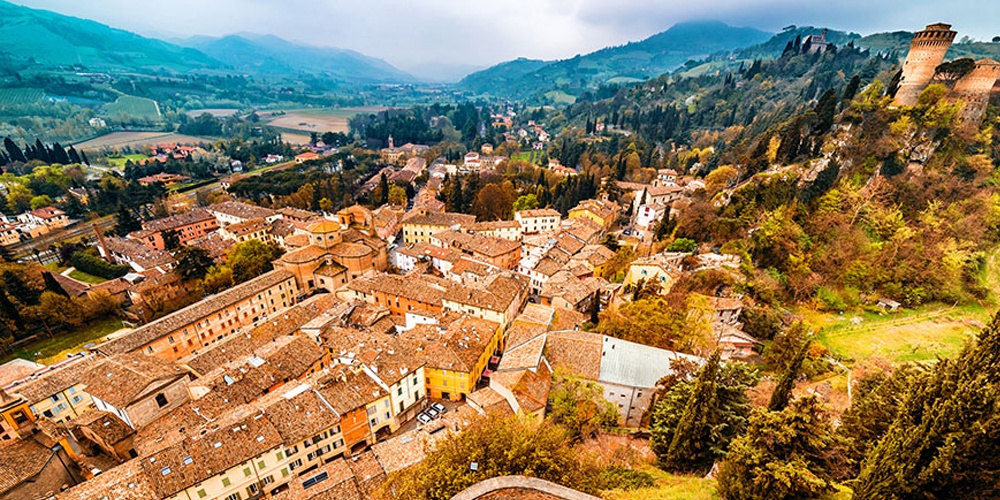

Mario Galterisi
Small, characteristic, rich in culture and history are just some of the peculiarities that belong to the villages of Emilia Romagna.